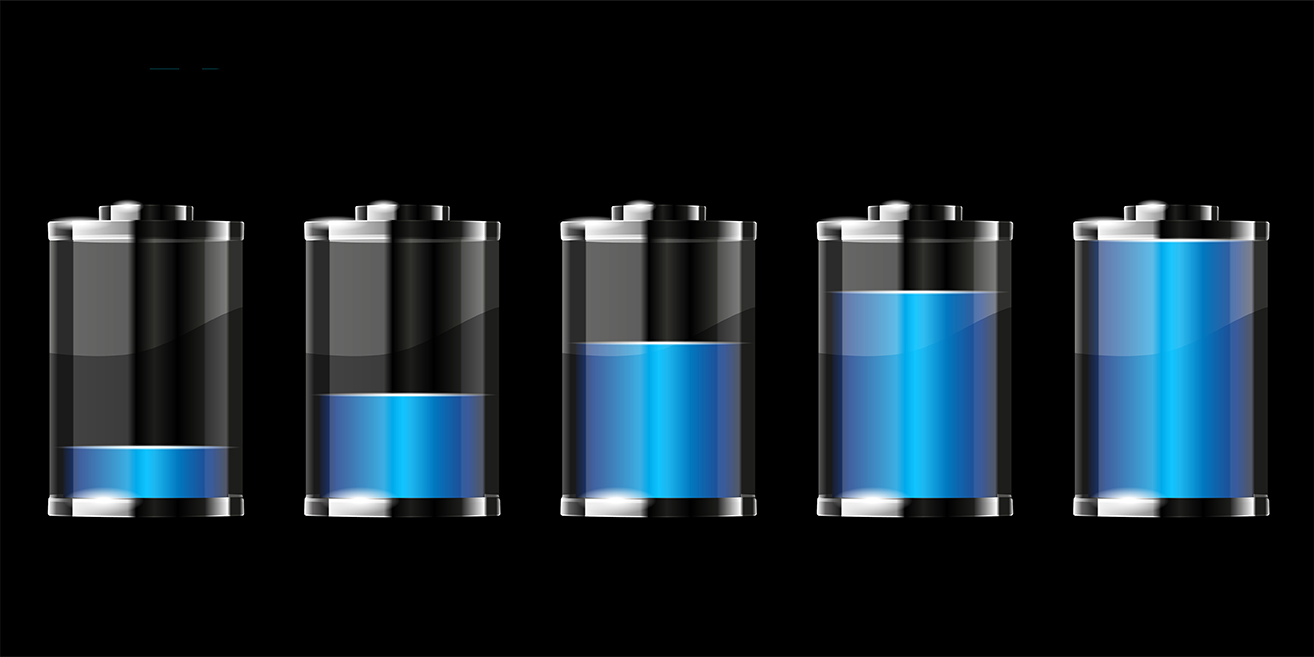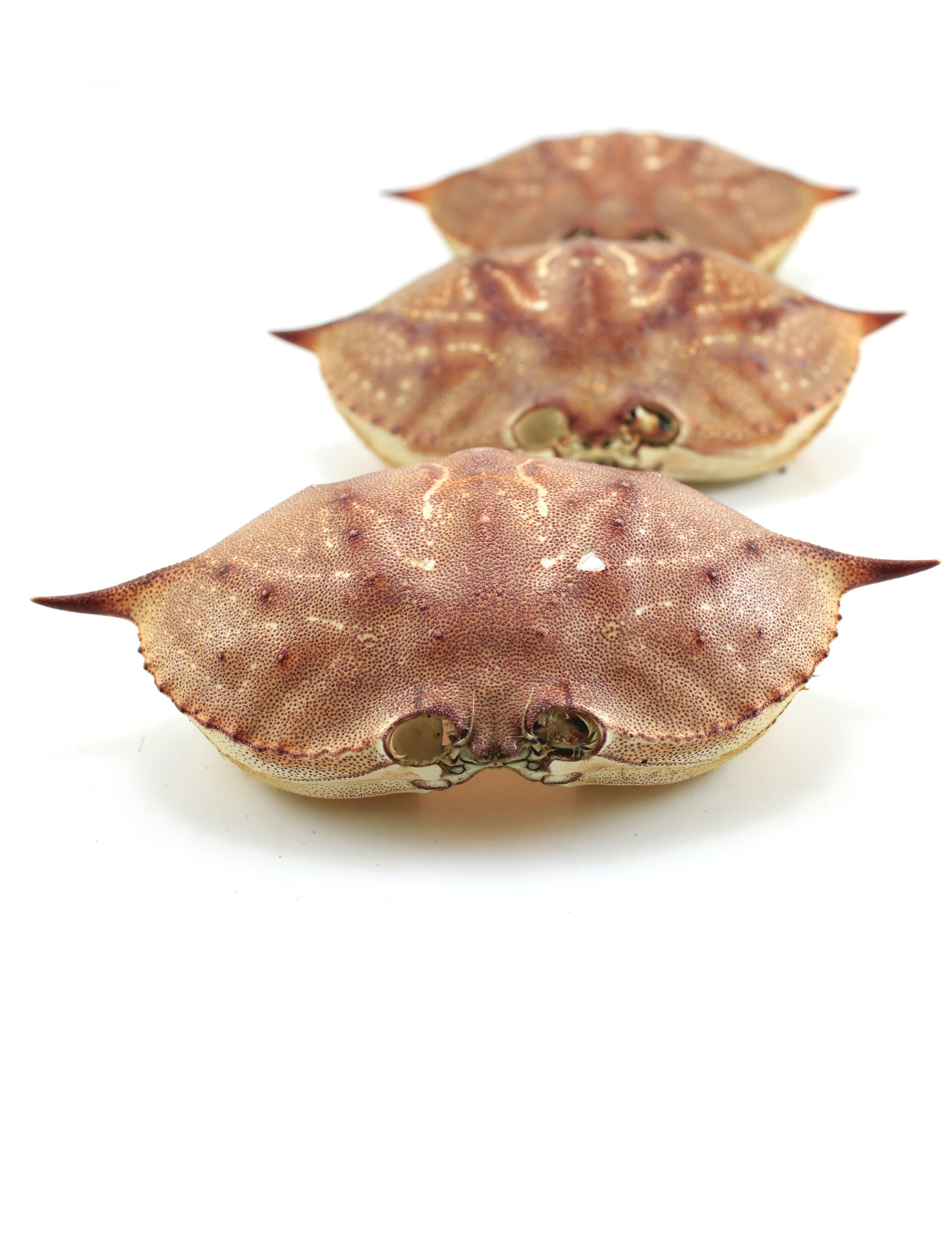To reduce carbon emissions and achieve carbon neutrality, it’s important to create sustainable rechargeable batteries for storing renewable energy. Aqueous rechargeable batteries, like Zn-metal batteries, are promising because they are safe, charge quickly, eco-friendly, use readily available materials, and are cost-effective. However, Zn-metal batteries face challenges such as the growth of unwanted structures called dendrites, corrosion, and hydrogen production during the charging process, which can lead to poor battery performance and failure. Crab shells could be the solution.
Issues occur because the deposition of Zn is not well regulated, and conventional electrolytes contain a lot of water. Various attempts have been made to tackle these problems by adjusting the electrolyte, including using high-salt “water-in-salt” electrolytes, additives, or organic electrolytes. However, these approaches sacrifice the conductivity or safety of the battery.
In a study lead by Liangbing Hu, at the university of Maryland, researchers propose a chitosan-Zn gel electrolyte as a solution for high-speed and long-lasting Zn-metal batteries. Chitosan is an environmentally friendly and biodegradable material derived from chitin, which is abundant in crab and other crustacean shells. When combined with a poly organic cathode, the Zn-metal batteries achieve high capacity, stable cycling, and the ability to safely scale up to large capacity batteries. Additionally, the chitosan-Zn electrolyte is safe and biodegradable, making it suitable for environmentally friendly Zn-metal batteries.

Overall, the chitosan-Zn electrolyte offers high-performance capabilities for Zn-metal batteries while using sustainable and biodegradable crab shells. This contributes to the development of green and sustainable energy storage solutions.



